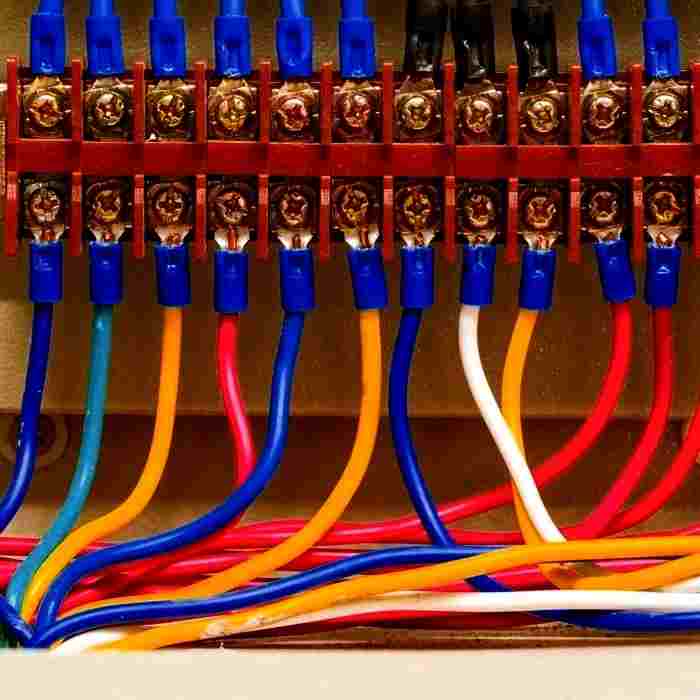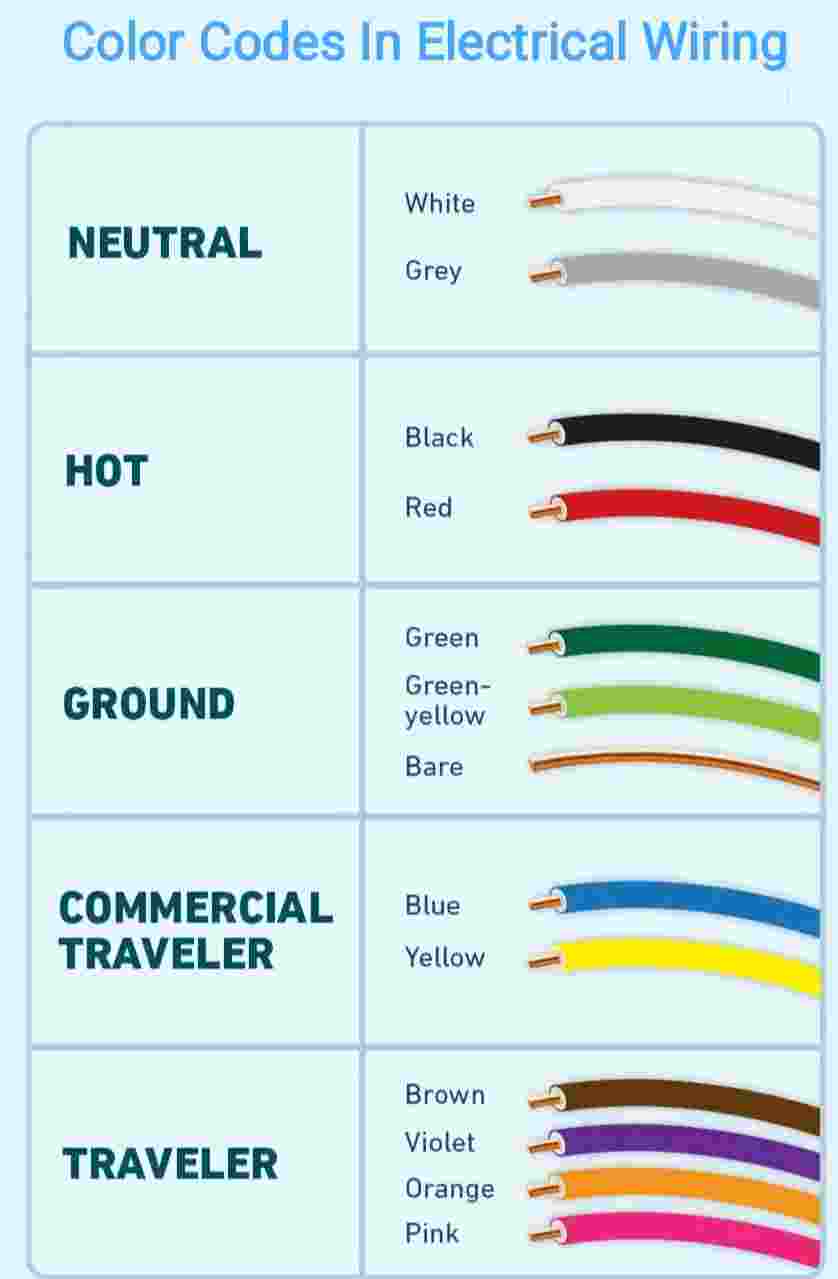Color Codes in electrical wiring
Color codes in electrical wiring are used to identify the function of each wire in a circuit. These codes are essential for ensuring safe and proper electrical installations.
Why Color Codes are So Important ?
Color codes in electrical wiring are like a helpful guidebook for anyone working with electricity, whether it’s an electrician or someone doing a DIY project. Here’s why they’re important in simple terms:
1. Safety First
Just like traffic lights help us stay safe on the road, color codes keep us safe around electricity. They show us which wires do what, so we can connect things correctly and avoid accidents.
2. Avoiding Confusion
Imagine if all wires were the same color! It would be like having a bunch of keys that look alike. Color codes make sure we can easily tell which wire is for power, which is for safety, and which is for returning the electricity back.
You Can Also read : Deepfake bots facts explained
3. Preventing Mistakes
Getting wires mixed up can cause problems. Think of it like putting the wrong puzzle piece in a jigsaw – it just won’t work. Color codes make sure everything fits together the right way.
4. Helping Troubleshoot
If something goes wrong, color codes can be a big help. They make it easier to figure out which wire might be causing the issue.
5. Universal Language
Color codes are like a language that electricians all over the world understand. It’s a way for them to communicate with each other and make sure everything is connected properly.
So, color codes are like a super handy map that guides us through the world of electricity, making sure everything works smoothly and safely!
Now here are the common color codes used in electrical wiring :
1. Phase (Live) Wires
In North America:
Black or Red: Typically used for hot wires carrying current from the power source.
– Blue: Sometimes used for phase wires in three-phase systems.
– In Europe and most other regions:
– Brown: Used for phase wires.
– Black, Grey, or Red: May also be used for phase wires, especially in older installations.
2. Neutral Wires
– In North America:
– White or Gray: Used for neutral wires, which carry current back to the source.
– In Europe and most other regions:
– Blue: Used for neutral wires.
3. Ground (Earth) Wires
– In North America:
– Green or Bare Copper: Used for grounding wires, which provide a path for fault currents to safely dissipate into the ground.
– In Europe and most other regions:
– Green with a Yellow Stripe: Used for grounding wires.
4. Switch Leg or Load Wires
– In North America:
– Black, Red, or Blue: These colors can be used for switched wires that connect to lights, outlets, or other devices.
– In Europe and most other regions:
– Black or Grey: These colors may be used for switched wires.
Read Also : All About Forensic Anthropology
5. Traveler Wires (used in three-way and four-way switch setups):
– In North America:
– Red or Black: Used for traveler wires that connect multiple switches together.
– In Europe and most other regions:
– Black or Grey: These colors may be used for traveler wires.
It’s important to note that while these color codes are widely accepted, there can be variations and exceptions based on local electrical codes and standards. Additionally, in some older installations, you may encounter different color codes, so it’s crucial to exercise caution and verify the wiring before making any connections.
Always consult local electrical codes and standards, and if you’re unsure about any wiring, it’s recommended to seek the assistance of a licensed electrician.


2 thoughts on “Color Codes in Electrical Wiring”